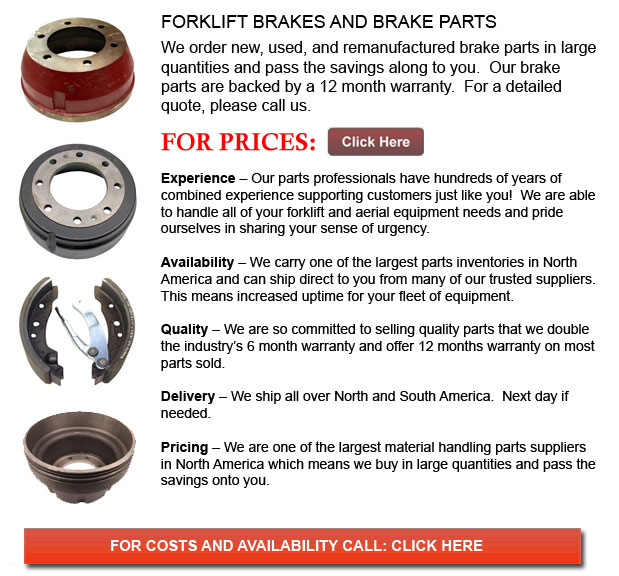
Forklift Brakes - A brake wherein the friction is provided by a set of brake pads or brake shoes that press against a rotating drum unit referred to as a brake drum. There are some particular differences between brake drum kinds. A "brake drum" is commonly the explanation given whenever shoes press on the interior exterior of the drum. A "clasp brake" is the term utilized to be able to describe when shoes press against the exterior of the drum. Another type of brake, called a "band brake" uses a flexible belt or band to wrap all-around the outside of the drum. If the drum is pinched in between two shoes, it can be referred to as a "pinch brake drum." Similar to a standard disc brake, these types of brakes are somewhat rare.
Previous to the year 1995, early brake drums required constant modification periodically in order to compensate for shoe and drum wear. "Low pedal" or long brake pedal travel is the hazardous end result if adjustments are not done sufficiently. The vehicle can become dangerous and the brakes could become useless if low pedal is mixed along with brake fade.
There are several different Self-Adjusting systems meant for braking presented today. They can be classed into two separate categories, the RAI and RAD. RAI systems are built-in systems that help the tool recover from overheating. The most well known RAI makers are Lucas, Bosch, AP and Bendix. The most famous RAD systems include Ford recovery systems, Volkswagen, VAG, AP and Bendix.
The self adjusting brake will typically just engage when the lift truck is reversing into a stop. This method of stopping is suitable for use where all wheels utilize brake drums. Disc brakes are utilized on the front wheels of motor vehicles today. By working only in reverse it is less possible that the brakes would be adjusted while hot and the brake drums are expanded. If tweaked while hot, "dragging brakes" could occur, which increases fuel consumption and accelerates wear. A ratchet tool which becomes engaged as the hand brake is set is another way the self adjusting brakes could function. This means is only appropriate in functions where rear brake drums are utilized. When the parking or emergency brake actuator lever exceeds a certain amount of travel, the ratchet improvements an adjuster screw and the brake shoes move toward the drum.
There is a manual adjustment knob situated at the bottom of the drum. It is usually adjusted via a hole on the opposite side of the wheel and this involves getting beneath the lift truck with a flathead screwdriver. It is of utmost importance to be able to move the click wheel correctly and modify each wheel evenly. If uneven adjustment takes place, the vehicle could pull to one side during heavy braking. The most effective method so as to make sure this tedious job is done safely is to either lift each wheel off the ground and spin it by hand while measuring how much force it takes and feeling if the shoes are dragging, or give each one the exact amount of clicks utilizing the hand and then perform a road test.
![]() Click to Download the pdf
Click to Download the pdf
Forklift Parts
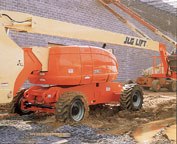
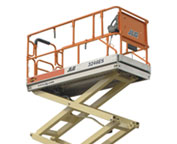
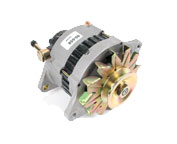
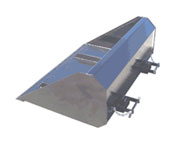
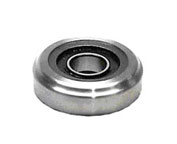
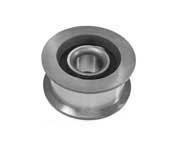
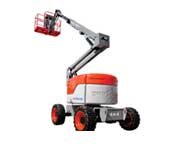
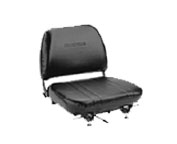
Lift Parts Express
TOLL FREE: 1-888-695-7994
Brandon, Manitoba
forkliftpartsbrandon.ca
Email Us
About Us


